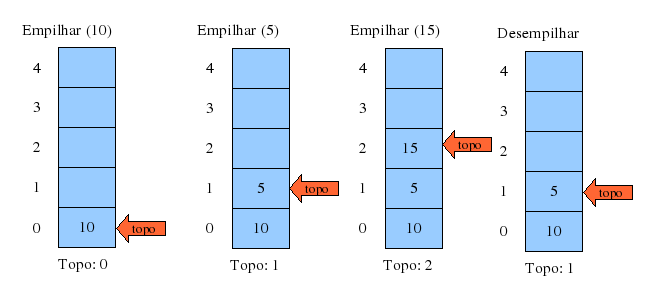

unsigned long long length = file_input.tellg() //get file size

Here is the correct code: ifstream file_input(path_input) The extra items written after the end-of-file is the left items in buffer written in the last time. Both while(file_input.tellg() I have searched, but there are not any answer about it, How to open a file using ifstream and keep reading it until the end this link can't answer my question. On files that support seeking, the read operation commences at the current file offset, and the file offset is incremented by the number of bytes read. I have tried file_input.good() or !file_input.eof(), they didn't work, getline(file_input,s) is good, but it is much slower than read, i want read, but i don't know how to check whether ifstream is end-of-file. Description read () attempts to read up to count bytes from file descriptor fd into the buffer starting at buf. My code goes wrong, length is bigger than real file size. String out_name="out"+string(tmp)+".txt" I have also heard about a function called putback () what's that The std::putback () function lets you do the same thing as ungetc () does for FILE streams. while (file>str), is more idiomatic to C++ than the one based on peek. offset: number of bytes to offset from position position: position from where offset is added. Using peek to see if you are about to hit eof is valid, but the approach that you show in the code, i.e. Syntax: int fseek (FILE pointer, long int offset, int position) pointer: pointer to a FILE object that identifies the stream. More advanced methods, like StreamReader and StreamWriter, are often better choices. Writing to files can be done with methods like File.WriteAllText. Methods like File.ReadAllText can easily read in a file. Unsigned long long length = file_input.tellg() //get file sizeĬhar * buffer = new char įile_input.read(buffer,MAX_NUM_PER_FILE) fseek () is used to move file pointer associated with a given file to a specific position. Opening files in C involves types from the System.IO namespace. Here is my code: ifstream file_input(path_input) //my file is a text file, but i tried both text and binary mode, both failed. Moreover, the peek () function can store the character in a designated memory locatio without actually removing it from the stream. I read MAX_NUM_PER_FILE items each time and process them and write to another file, but i don't know when the ifstream is ended. The peek () function looks into the input stream and tells us what the next character is without removing it from the input stream. For instance, implementing the same thing for file.read: def peek(f, length=1):ĭata = f.read(length) # Might try/except this line, and finally: f.I need to read all blocks of one large file(about 10GB) sequentially, the file contains many floats with a few strings, like this(each item splited by '\n'): You could implement the same thing for other read methods just as easily. A simple wrapper for the functionality might look like: def peek_line(f): This allows you to do nice things like read a chunk of data from the file, analyze it, and then potentially overwrite it with different data. Why are these two similar functions provided (unget & putback) Im working with a file format where the type of record to read in next is. 
C file peek how to#
C file peek code#


 0 kommentar(er)
0 kommentar(er)
